OP Sequence
 |
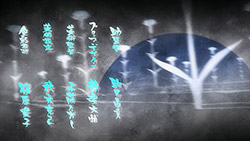 |
 |
OP: 「SURVIVE OF VISION」 by Kiyoharu
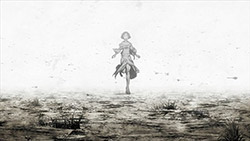 |
 |
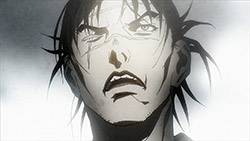 |
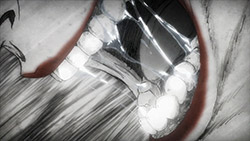 |
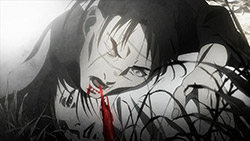 |
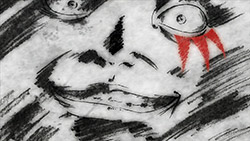 |
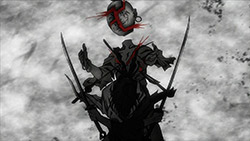 |
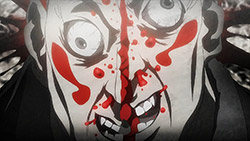 |
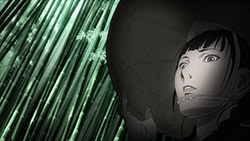 |
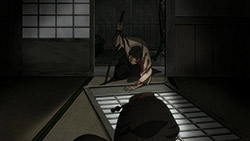 |
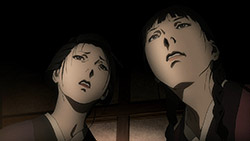 |
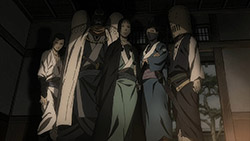 |
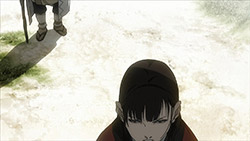 |
 |
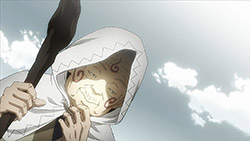 |
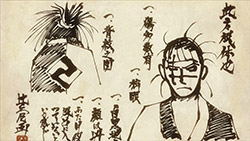 |
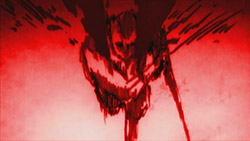 |
 |
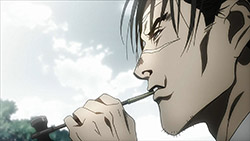 |
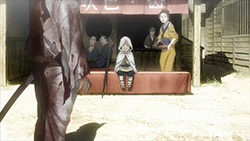 |
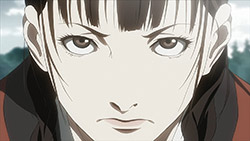 |
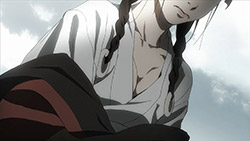 |
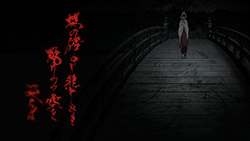 |
 |
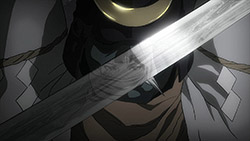 |
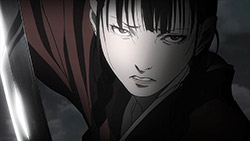 |
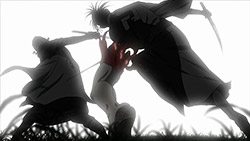 |
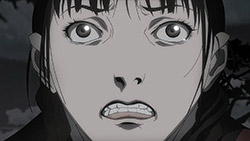 |
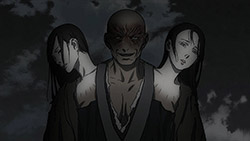 |
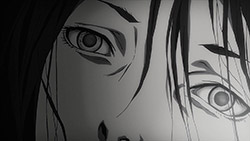 |
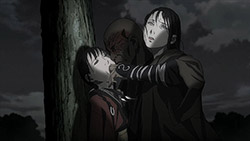 |
 |
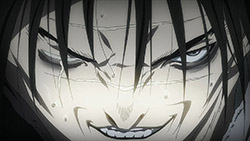 |
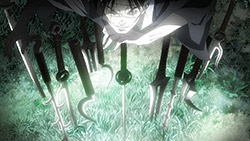 |
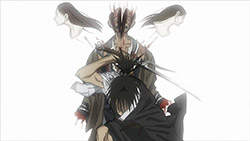 |
 |
「遭逢」 (Souhou)
“Meeting”
 |
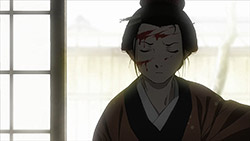 |
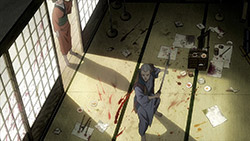 |
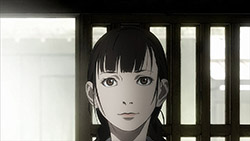 |
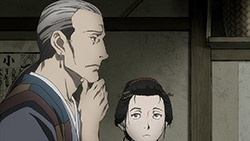 |
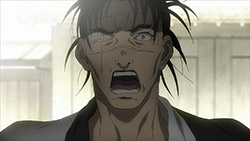 |
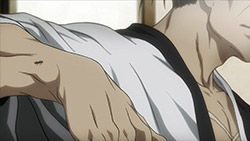 |
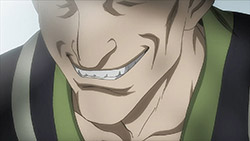 |
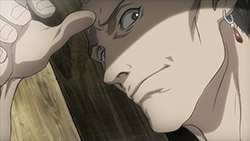 |
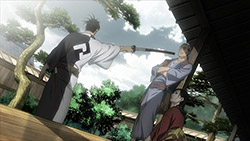 |
 |
 |
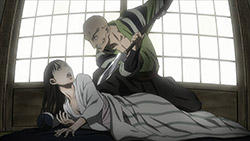 |
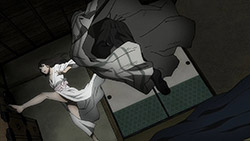 |
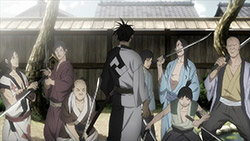 |
 |
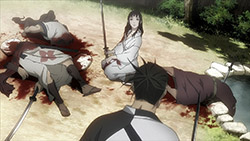 |
 |
 |
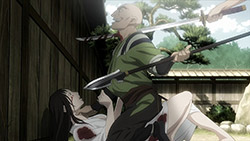 |
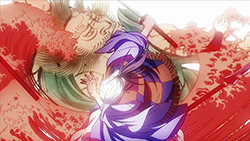 |
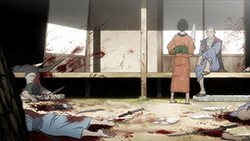 |
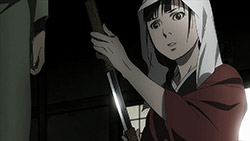 |
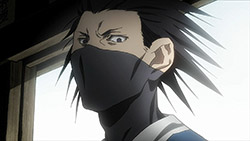 |
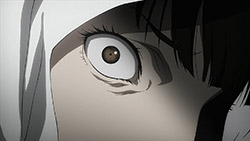 |
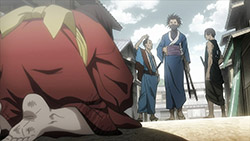 |
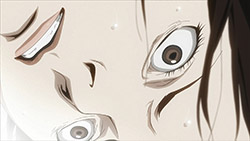 |
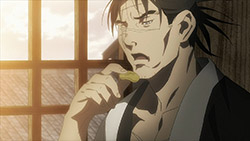 |
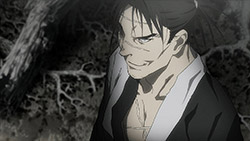 |
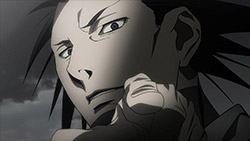 |
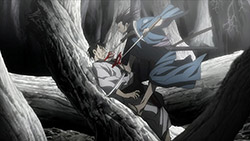 |
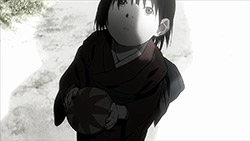 |
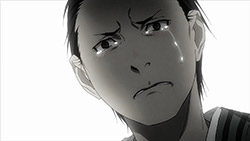 |
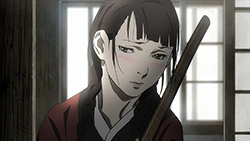 |
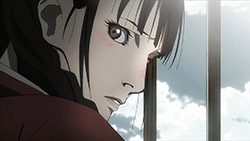 |
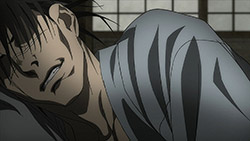 |
「開闢」 (Kaibyaku)
“Founding”
For better or worse, anime exclusivity for online streaming sites has become the new norm, but Lex Luthor’s virtual bookstore/e-vendor/subscription service has had quite a journey when it came down to anime. After Prime began with bringing exclusivity to the table with Kabenari, they made the decision to add an extra subscription similar to their Showtime and Starz programs called “Anime Strike” where their exclusive anime were hid behind a paywall along with the hefty Prime subscription. To quote The Hitchhiker’s Guide to the Galaxy, “This has made a lot of people very angry and been widely regarded as a bad move.” After backlash and the less-than-stellar response, the subscription was phased out and, as a consolidation, we are greeted with the Prime logo as our first glimpse at the world of Mugen no Juunin – Immortal. The parental advisory helps to smooth over the initial shock of seeing the Prime logo slapped on the screen at the very beginning of the show like it’s the noitaminA sequence. But ultimately, what really helps is the fact that the anime got the most out of this exclusivity, coming out the gate with beautiful animation helmed by director Hamasaki Hiroshi, stunningly violent action sequences, a gritty and edgy aesthetic that taps into the inner id that demands to see a cool samurai slash up outlaws, and a story that is intriguing enough to have us want to see how our two leads exact their revenge.
Mugen no Juunin couldn’t have been a better series to revamp as its high-quality update helps produce expressive, picturesque animation that encapsulates the savagery and suffering that our characters face in their fight for revenge. It is nostalgic to look at the artwork from the 1993 manga and the 2008 anime adaptation to see how its contemporaries had influenced its sense of style, but the art direction of this 2019 adaptation goes beyond faithfully recreating the manga. From the first two episodes, it’s easy to see the transformative vision that Hamasaki’s direction has by capturing the carnage and bloodshed that defines the warpath of the invulnerable swordsman Manji (Tsuda Kenjirou) and Asano Rin (Sakura Ayane), the vengeful daughter of a swordsman. The bleak and cruel reality that faces its characters is depicted in every gory detail, distorting otherwise life-like scenery and character designs into a sketchbook collage of violence and trauma.
Along with the sketchbook artwork in vivid action sequences, this direction also excels at capturing the mood of a scene by other means. As edgy as the idea sounds on paper, the atmosphere made it disturbing and frightening when it’s revealed that the assassin of Rin’s father had stuffed and sewn the corpses of his wife and Rin’s mother to his shoulders as the camera lingered on both of the blank faces of the deceased women. For an entirely different tone, the anime does surprisingly great comedy when the artist that Rin stays with endures writer’s block while a bloody brawl is happening outside of his room. When a decapitated body’s blood geyser finally gives his painting the red splash it needed, his celebration is quickly torn asunder when the same painting is smashed, causing him to recreate the painting by stylishly murdering the man who tarnished his artwork. While a few reviews are critical of the content itself since its brutal tone can be an acquired taste, the verdict that most are left with is that the animation does its best to artfully express the characters’ experiences and memories as they aim to resolve the inner turmoil they face and find closure through the lives they take.
Content-wise, it tickles that sweet spot of just wanting to hunker down with a show where a strong dude viciously tears through hordes of outlaws and nameless opponents. Much like Alucard from Hellsing, Manji’s bloodworms make him an outright killing machine who can withstand lethal blows and heal up just in time to rip apart his enemies, limb-from-limb. While the story jumps around quickly enough to miss out on key moments if you blink at the wrong time, Manji is a fascinating character based on what we learn about him from smaller context clues relating to his relationship with an 800-year-old woman, his bond with his late sister, and his willingness to act as a mentor for Rin, helping her exact her revenge and understand herself along the way. As the pathos of Mugen no Juunin, Rin is a welcome addition to the series. Rin is fortunately reminiscent of Mattie Ross from True Grit as a young girl who is hellbent on seeing those responsible for her father’s death laying in a pool of their own blood. She might not be the strongest or most capable of tearing her enemies asunder like Manji, but we get quite a few great moments within these two episodes where she’s able and ready to fight. At the same time, Manji’s seasoned and wearier outlook on life does help ground her when her fear starts to overwhelm her, allowing her to find the drive that she needs to remain focused and composed without succumbing to the direst outcome to an issue that she could think of at the time.
It is a challenge to be able to say everything that should be said about Mugen no Juunin – Immortal in an easily digestible format when it dropped two episodes on us right out the gate. However, from the two episodes released, it is a welcome change of pace to find an anime this season that has visceral action, vivid animation, and an intriguing hook as a lengthy revenge plot unfolding. Although it did feel a little rushed at times and most of the fights so far have ended with the enemy getting stabbed from behind, but as the series continues forward, I can see the anime getting more sophisticated in its storytelling. How it all comes together and whether it will be able to adapt all 19 years’ worth of material is speculative at this point, but it will be exciting to see how much of its potential can be reached as long as it is able to tell its tale at a smoother pace.

Finally, this manga’s being adapted to animation. (yes, ignore that other mess)
On paper, this is a sprawling epic. I don’t know what the runtime on this series is intended to be but it’s already looking a bit rushed. I hope they don’t snip out all of the quieter moments in favor of the gore. The balances between the kind and the cruel, the killing and the love, the political and the personal is what helps such a gory and vicious story be palatable.
In my opinion, this manga is a step above Berserk. BOTI has a better tongue-in-cheek manner, a bit of snazzy humor, to off-set it’s gruesomeness while Berserk (which I am just as familiar with) is very serious with less humor and thus is a tad bit more immature.
As a final note, I really hope they don’t do anymore of those terrible flashing/strobe effects.
The second episode felt like it was racing through the material, but from how long the series has gone and how they’re going to try to adapt the story, I’d hope that they’ll take their time with some of the more crucial or quieter moments of the series. It’d be a letdown if the show only wanted to hammer hmoe the action sequences or violence with many of the different components that are what make BOTI stand out from other action seinen.
Stunning stuff. It’s almost like being back in that distant pre-moeblob era but with much better art and animation. The only slight negative for me is Tsuda Kenjiro – it’s not that he isn’t any good for the part, it’s just that I think he’s getting a bit overused these days.
Wife tetsu
https://randomc.net/image/Mugen%20no%20Juunin%20Immortal/Mugen%20no%20Juunin%20Immortal%20-%2002%20%20Large%2002.jpg
https://randomc.net/image/Mugen%20no%20Juunin%20Immortal/Mugen%20no%20Juunin%20Immortal%20-%2002%20-%20Large%2005.jpg
https://randomc.net/image/Mugen%20no%20Juunin%20Immortal/Mugen%20no%20Juunin%20Immortal%20-%2002%20-%20Large%2022.jpg
https://randomc.net/image/Mugen%20no%20Juunin%20Immortal/Mugen%20no%20Juunin%20Immortal%20-%2002%20-%20Large%2002.jpg